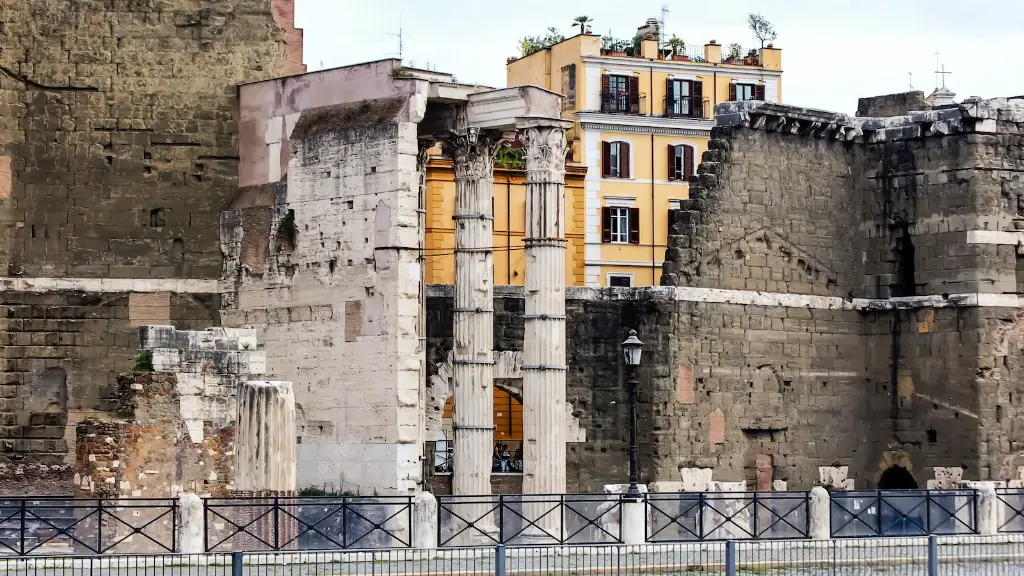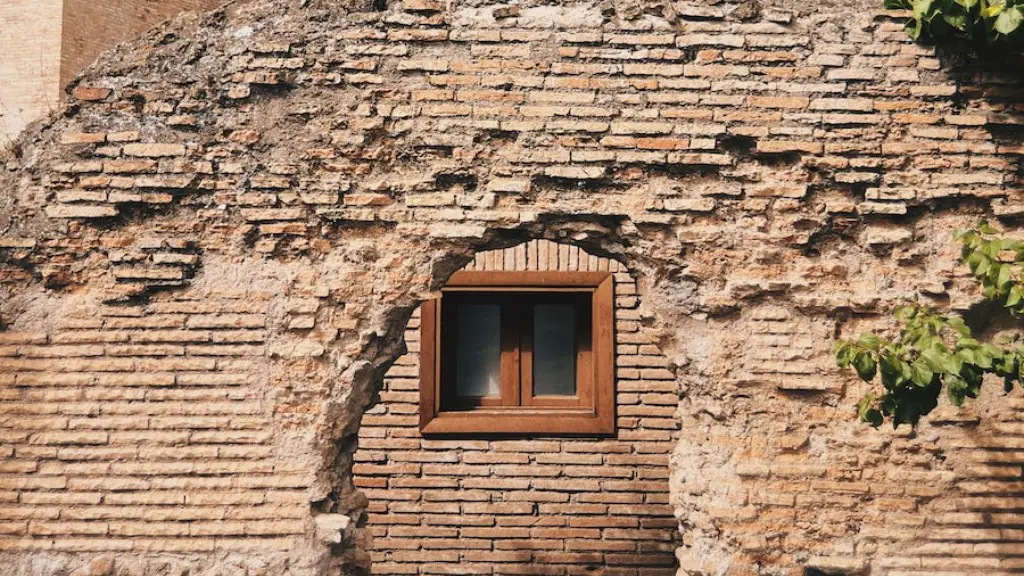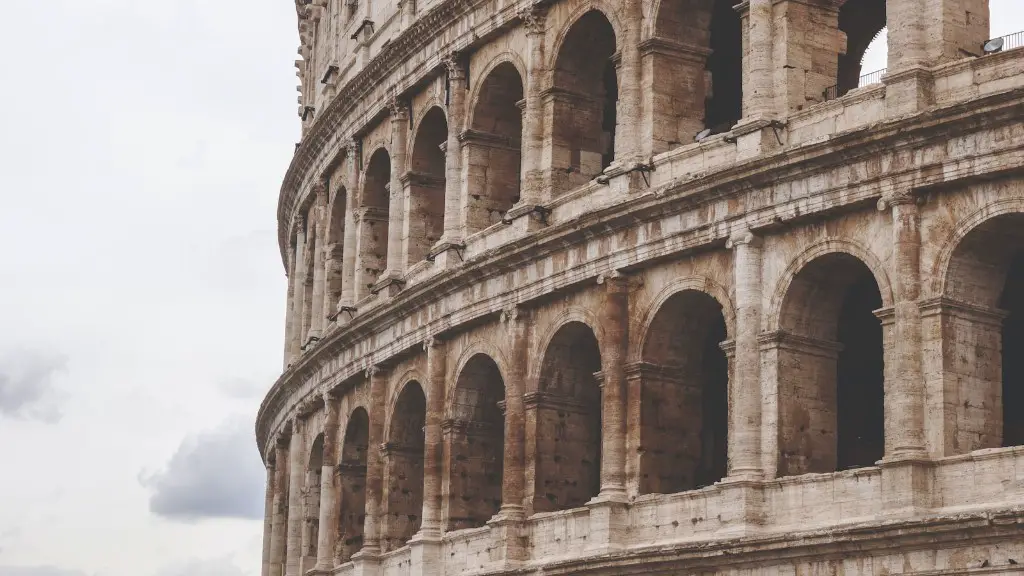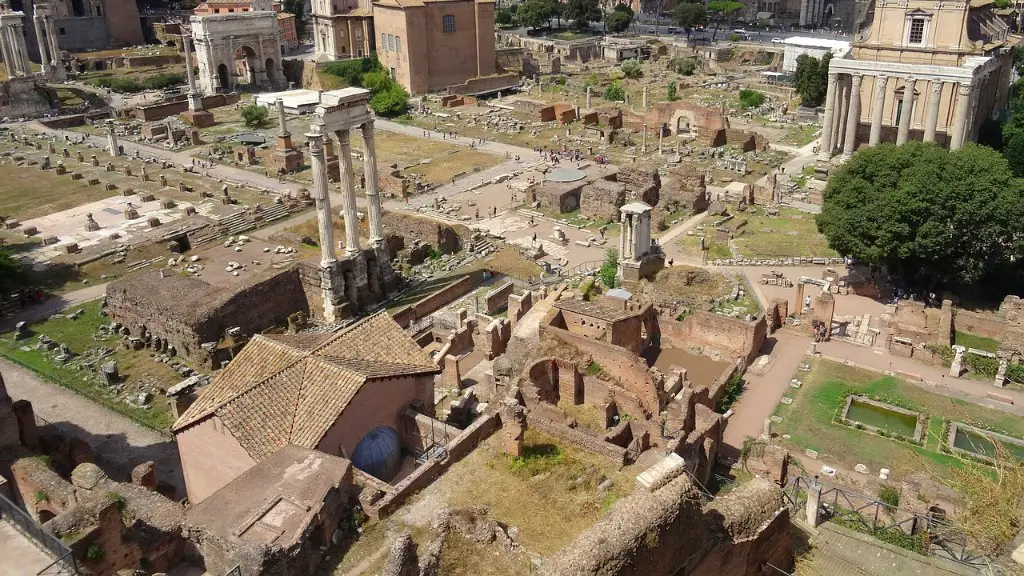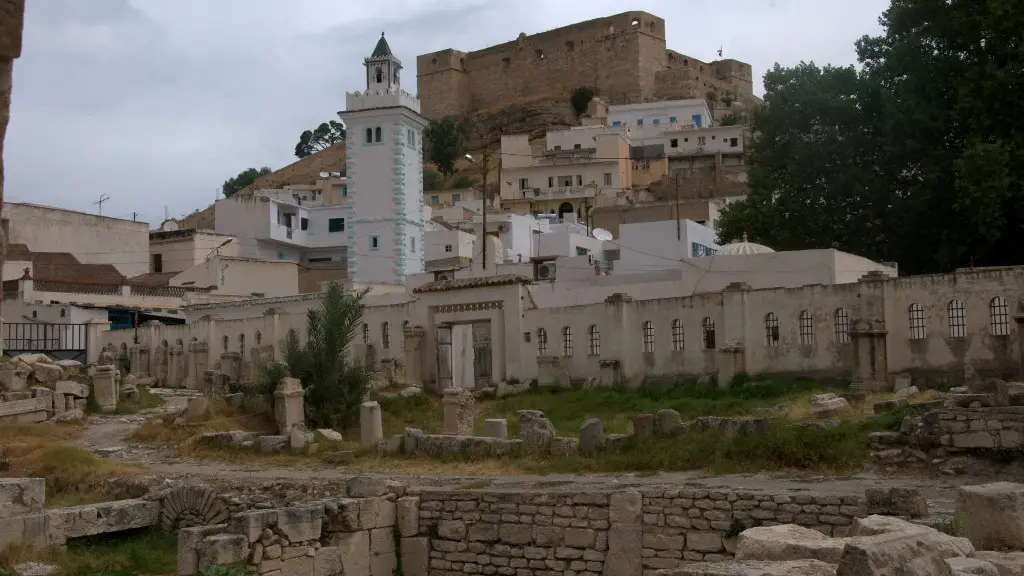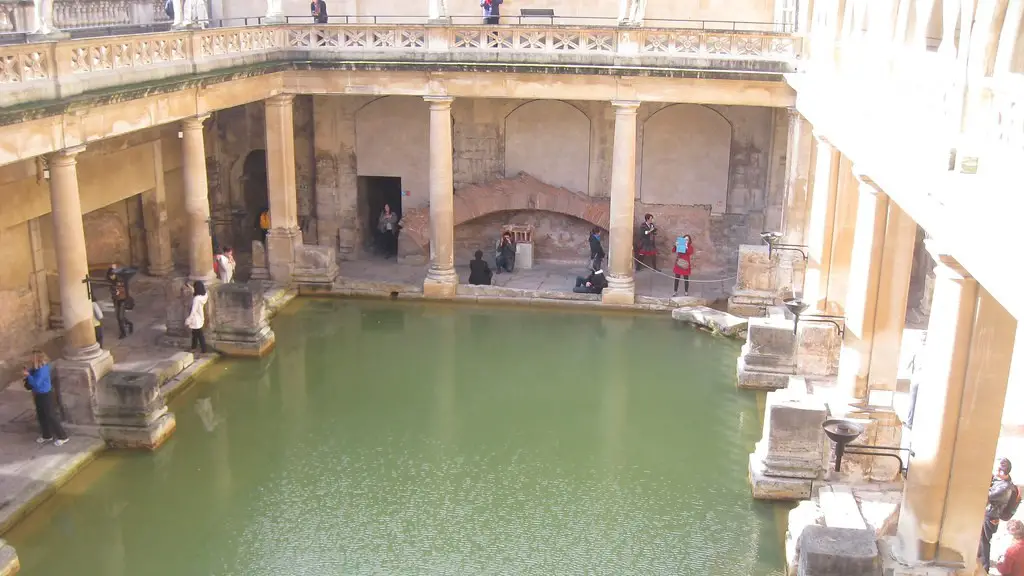The study of Ancient Rome has always been fascinating and inspiring for people of all ages. The ruins of this ancient civilization are a reminder of its immense power of the empire that once existed and its ability for learning and achievement. Ancient Rome’s history being intertwined with modern Western culture is considered to be the very cornerstone of Western Civilization. Ancient Rome had a great legacy of political and social institutions that laid the groundwork for modern developed nations. This legacy is explored through the study of archaeological remains and ancient texts, which provides a glimpse into the immense potential and power of ancient Rome’s greatness.
Ancient Rome’s political structure was the basis of the modern-day nation-state model. The Roman Republic was an independent, sovereign state that consisted of a centralized government surrounded by a limited number of smaller republics, provinces, and alliances. This model provided a frame work for modern-day governments and still resonates in the way states are organized and designed today. Under the Republic, a strong sense of civic responsibility and citizenry prevailed and democracy was established through an elected assembly, with the protection of civil liberties. This building block of a just society is still the basis of modern law.
Additionally, Ancient Rome’s contribution to culture and education is still exerted today. Latin classical literature, sculpture, architecture, and literature had great influence on Western Europe and even the Americas. In terms of language, few cultures have impacted English as Latin did. Latin was used for official documents and religious ceremonies for centuries, and is still a pillar of scientific, legal, and medical fields, influencing a large majority of current language.
Ancient Rome’s impressive engineering feats still fascinate engineers in the modern world. Roman engineers constructed road networks and aqueducts that are still marveled today. Roman concrete, as well as its tendency to build spectacular monuments, water supply systems and sewers, was ahead of its time and had a deep impact on modern engineering.
Besides their great accomplishments in politics, culture and engineering, Ancient Rome also excelled in other areas such as art and law. From mosaic art depicting events in Roman history to the intricate mosaics that decorated Roman villas; Ancient Rome left its deep mark in antiquity in the visual arts. In the legal sphere, Rome is the only civilization that was able to translate the ‘ius gentium’, the law used by all the people of the ancient world, into a universal code of laws. This is the basis of modern legal systems.
Overall, Ancient Rome is a significant part of our present-day society. The legacy of this once great empire still resonates in everything from the modern nation state to day to day language to art, engineering and legal systems.
The Role of Ancient Roman Technology and Engineering
The technological and engineering advancements of Ancient Rome have left and still leave a deep mark on our modern world. From the usage of concrete to the building of impressive monuments and aqueducts, Ancient Rome was well known for its impressive engineering feats.
Roman concrete is an example of one of Ancient Rome’s great technological breakthroughs. This form of concrete, unlike modern concrete, was composed of lime and an aggregate of volcanic sand and Pozzolana, a fine ash found in certain soils. Roman concrete was not only incredibly strong and durable, it also had superior adhesive qualities, making it useful for constructing arches and high walls. What was revolutionary about this form of concrete was that it did not need reinforcing stones or any other form of support to remain strong.
In addition to concrete, the Romans also constructed pavements and roads. This was another major breakthrough in the engineering feats of the Romans. Their roads could stand the test of time, remaining intact while other, more antiquated types of roads quickly fell apart due to weather, use and natural disasters. Roman roads extended the boundaries of their empire, gave their armies easy access to distant battlefields and allowed merchants to efficiently transport goods. As a result of their incredible engineering, Ancient Rome was able to expand its conquests that, in a way, shaped the world we live in today.
The ingenuity of Ancient Rome is still seen in our modern-day engineering and technology. From aqueducts to roads to concrete and the ability to engineer large-scale projects quickly and cost effectively, Ancient Roman engineers had and still have a deep impact on the world.
Ancient Roman Architecture
The architecture of Ancient Rome is still regarded as one of the most notable and iconic examples of great human ingenuity. From temples and arches to public baths and basilicas, the Ancient Romans had a knack for innovation, art and engineering that continues to be admired today.
One of the main features of Roman architecture was the use of the arch. What made this feature so revolutionary was that the use of the arch allowed the Romans to construct more ambitious structures than had ever been seen before, such as large and grand public spaces like the Colosseum.
The Ancient Romans also used this revolutionary new technique to construct more mundane structures such asaqueducts, roads and bridges. The use of the arch is still seen in our current era, particularly seen in modern bridges and monuments.
The Romans also used the arch to construct iconic monuments, including the Pantheon. This building was a temple dedicated to all gods and features a classic dome which stands as an iconic reminder of Ancient Rome’s engineering prowess. The Pantheon is still considered the most important example of the ancient Roman use of the arch.
The artistry of Ancient Rome continues to be seen in modern-day architecture. The use of the arch, monumental structure, domes, baths and pavements all continue to be used today and inspire today’s architects and engineers.
Culture and Impact of Ancient Rome
The culture and legacy of Ancient Rome has had a tremendous impact on modern-day society. From language to political institutions to religion, the imprint of Ancient Rome is still seen today.
Latin, once the official language of the Roman Empire, is still used in many legal and medical fields. Even more impressive, the Latin alphabet is still used in many countries, particularly the Latin-based languages used in European and Latin American countries.
In terms of religion, Christianity was heavily influenced by Ancient Rome. During its rule, Christianity spread and the Roman Catholic Church grew in power. Eventually, it rose to become the most influential religious organization in the world and its teachings are still carried on today.
Ancient Rome was also highly influential in politics, laying the foundation for modern-day nations. The Roman Republic provided the frame work for modern governments and its emphasis on democracy is still echoed in current political structures.
From language to religion to politics, Ancient Rome left a deep and lasting impression on Western culture that is still seen and felt today. We still carry on their legacy of engineering feats, political systems, literature and art.
The Impact of Ancient Rome on Education
Ancient Rome’s contribution to education still reverberates today. From literature and philosophy to the Latin language, Ancient Rome’s educational legacy has had an indelible mark on our modern-day education.
Latin, once the language of the Roman Empire and the dominating language of Europe for centuries, is still used in scientific and legal fields, as well as religious literature. Its legacy is still seen in numerous words which are derived from Latin, and many places still embrace the language, such as the Vatican and Switzerland.
Another major contribution of Ancient Rome was its influence on literature. Authors of Ancient Rome such as Virgil and Ovid, are still studied and often thought of as the best examples of Ancient Roman literature. This literature, which consisted of epic poems, lyrical poems and books, still hold great significance in our current society.
Moreover, philosophy was highly favored by the Ancient Romans. Roman philosophers such as Cicero, Seneca and Marcus Aurelius wrote extensively on topics such as politics, ethics and morality, setting the groundwork for modern-day philosophical theories.
The educational contributions of Ancient Rome have had a deep and lasting impact on modern-day education, from the use of the Latin language to its influence on literature, philosophy and other areas of study.
Conclusion
Ancient Rome’s great legacy still reverberates throughout our modern world today, from engineering feats to political systems to culture and education. Its significant impacts on modern society are still evident in the way culture and language are evolving, as well as in our current political institutions and educational systems. Ancient Rome’s immense power and influence can be seen in everything from government to the law, engineering to language, art and architecture. This once great civilization continues to provide us with a great sense of inspiration and admiration.
